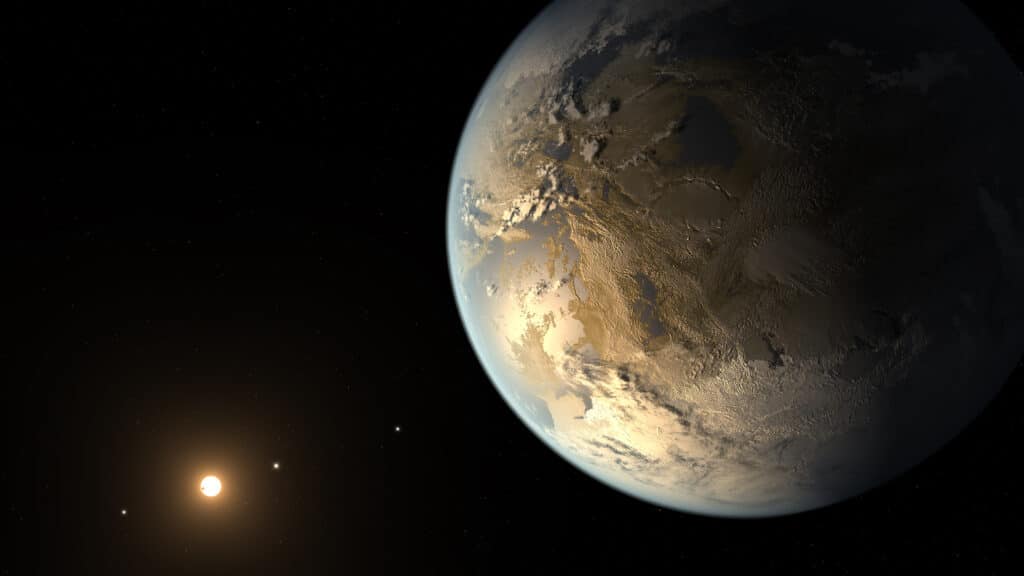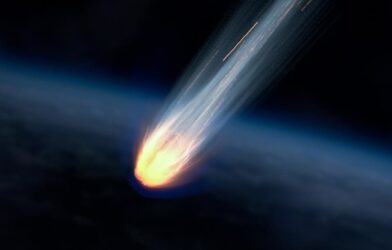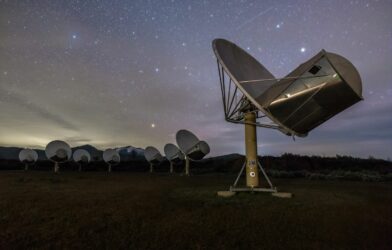Will advanced telescopes be able to discover extraterrestrial life on “Super Earth” exoplanets? In a new study, researchers from The Ohio State University are exploring how next-generation telescopes could revolutionize our understanding of distant exoplanets and their potential to harbor life.
Scientists focused on the capability of upcoming telescopes to detect biosignatures – chemical indicators like oxygen, carbon dioxide, methane, and water – in the atmospheres of 10 rocky exoplanets. These biosignatures, also found in Earth’s atmosphere, are critical in identifying potential signs of life.

Particularly intriguing are the study’s findings on Proxima Centauri b and GJ 887 b, two nearby exoplanets. The research suggests that these telescopes could effectively detect biosignatures on these planets, with Proxima Centauri b being a candidate for detecting carbon dioxide.
What makes this study compelling is its focus on “Super Earths” – planets larger than Earth but smaller than Neptune. These planets, while not identical to early Earth, might offer clues to extraterrestrial life.
Study lead author Huihao Zhang, a senior in astronomy at Ohio State, and his team also evaluated the potential of instruments like NASA’s James Webb Space Telescope (JWST) and other Extremely Large Telescopes (ELTs) for directly imaging exoplanets. This method involves blocking out the host star’s light to capture faint images of orbiting planets, a challenging but potentially revealing technique.
“Not every planet is suitable for direct imaging, but that’s why simulations give us a rough idea of what the ELTs would have delivered and the promises they’re meant to hold when they are built,” says Zhang in a media release.
Researchers tested how well these telescopes could differentiate between universal background noise and planetary noise – a measure known as the signal-to-noise ratio. Higher ratios mean easier detection and analysis of a planet’s wavelength. The results showed that the Mid-infrared ELT Imager and Spectrograph of the European ELT performed well in detecting methane, carbon dioxide, and water on three planets.
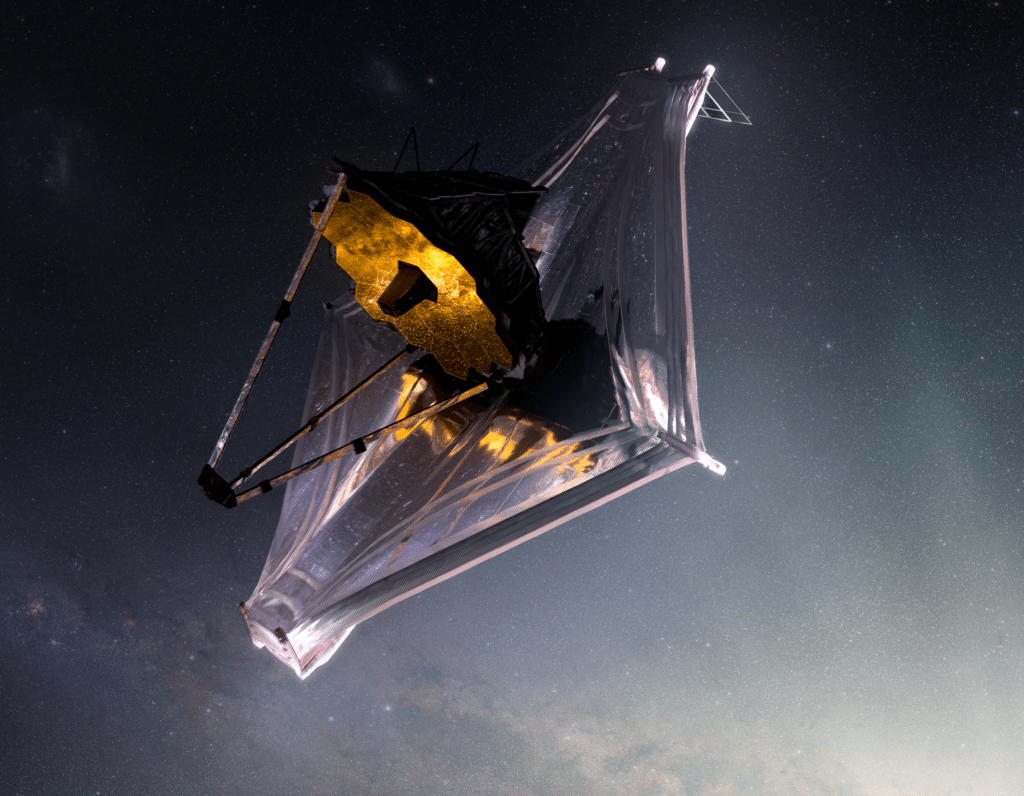
Furthermore, the study compared these ground-based observations with the capabilities of JWST.
“It’s hard to say whether space telescopes are better than ground-based telescopes, because they’re different,” notes Zhang. “They have different environments, different locations, and their observations have different influences.”
The findings suggest that while ELTs are effective for certain exoplanets, JWST’s techniques might be more suitable for others, like those in the TRAPPIST-1 system.
Study co-author Ji Wang, an assistant professor in astronomy at Ohio State, emphasized the importance of such simulations, especially for expensive missions.
“The importance of simulation, especially for missions that cost billions of dollars, cannot be stressed enough,” explains Wang. “Not only do people have to build the hardware, they also try really hard to simulate the performance and be prepared to achieve those glorious results.”
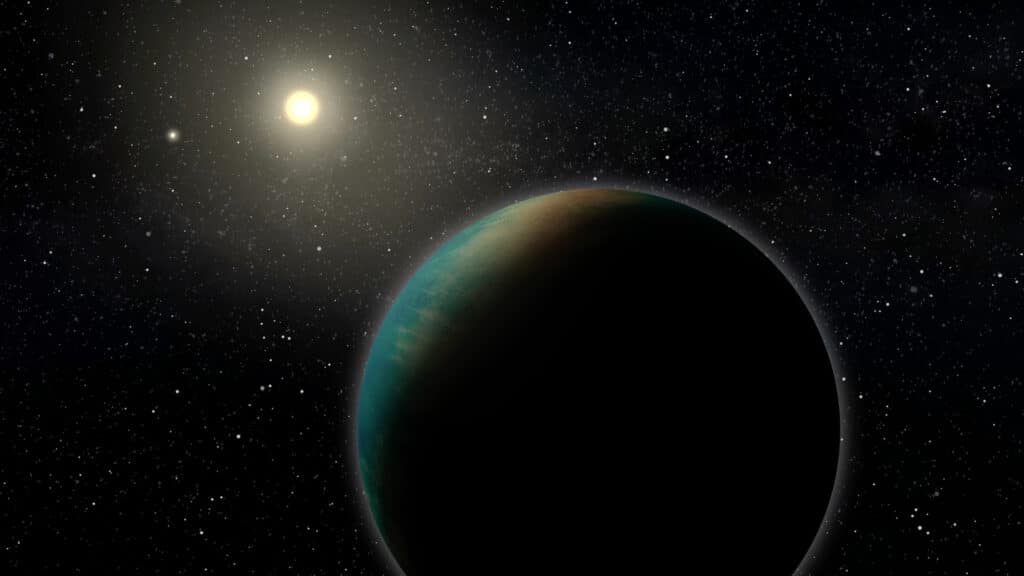
While the ELTs are not expected to be completed until later this decade, researchers are now focusing on simulating how well these instruments can study Earth’s atmosphere as a proxy for extraterrestrial studies.
“We want to see to what extent we can study our atmosphere to exquisite detail and how much information we can extract from it,” concludes Wang. “Because if we cannot answer habitability questions with Earth’s atmosphere, then there’s no way we can start to answer these questions around other planets.”
The study is published in The Astronomical Journal.
